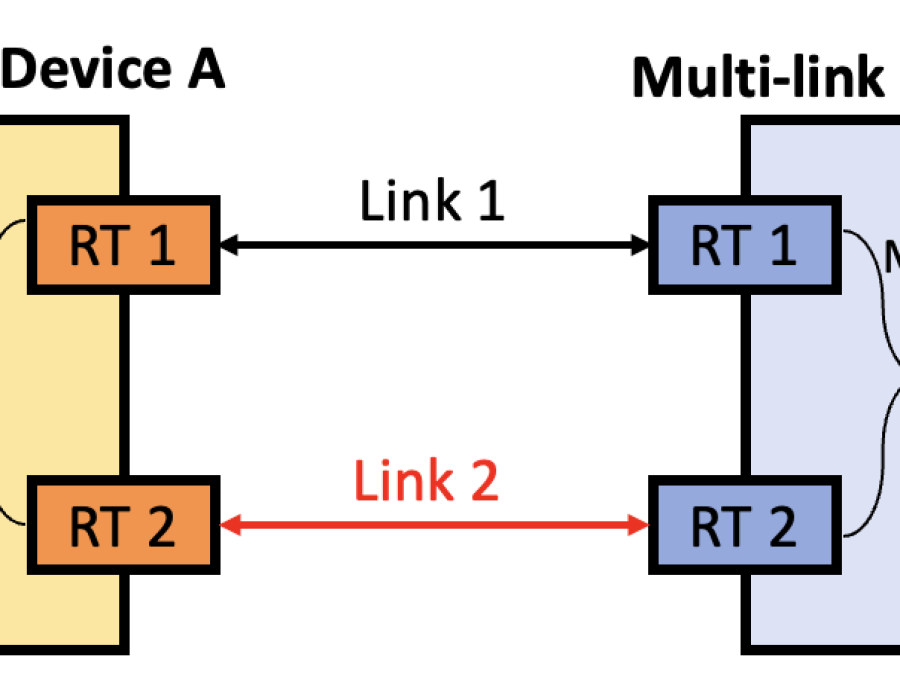Definition:
Wi-Fi protected access (WPA) is a security standard developed by the Wi-Fi Alliance to secure wireless networks.
It was introduced as an interim solution before the more robust WPA2 became widely available.
Purpose:
Enhanced Security: WPA was designed to address the weaknesses of WEP, offering stronger data encryption and authentication.
Backward Compatibility: WPA is compatible with most existing Wi-Fi hardware, making it easier to upgrade older systems.
Ease of Use: WPA aims to be user-friendly with simpler setup and configuration compared to WEP.
Key Features of WPA:
Data Encryption:
WPA uses the Temporal Key Integrity Protocol (TKIP) for data encryption.
TKIP dynamically changes keys for each packet transmitted, making it more secure than WEP's static keys.
Authentication:
WPA supports stronger authentication methods, such as Extensible Authentication Protocol (EAP), which can use a server-based RADIUS (Remote Authentication Dial-In User Service) system.
Pre-Shared Key (PSK) mode: Users can authenticate using a passphrase (password), similar to WEP but more secure due to TKIP.
Key Management:
WPA improves key management by regularly changing encryption keys.
This prevents the same key from being used for an extended period, reducing the risk of attacks.
Integrity Protection:
WPA includes a Message Integrity Check (MIC) to protect against packet forgery and tampering.
MIC ensures that transmitted data has not been altered during transit.
Improvements over WEP:
Stronger Encryption: WPA's TKIP provides a more robust encryption method than WEP's RC4 algorithm.
Enhanced Authentication: WPA offers better authentication protocols, reducing the risk of unauthorized access.
Improved Key Management: WPA's dynamic key management reduces the risk of key compromise.
WPA Modes:
WPA-Personal (WPA-PSK):
Also known as WPA-Pre-Shared Key, this mode uses a passphrase or shared key for authentication.
Typically used in home or small office environments where a centralized authentication server (like RADIUS) is not available.
WPA-Enterprise:
Also known as WPA with 802.1X authentication, this mode requires a RADIUS server for user authentication.
Commonly used in larger organizations where centralized user management and authentication are essential.
Advantages of WPA:
Improved Security: WPA addresses many of the vulnerabilities found in WEP, providing stronger protection against unauthorized access and data interception.
Compatibility: WPA is backward compatible with most existing Wi-Fi hardware, allowing for an easier transition from WEP.
Ease of Implementation: WPA can be set up and configured relatively easily, especially in WPA-PSK mode.
Conclusion:
Wi-Fi Protected Access (WPA) was a significant improvement over the earlier WEP standard, offering stronger encryption, improved authentication, and better key management. While WPA has largely been replaced by the even more secure WPA2 and WPA3 standards, it remains a viable security option for legacy devices and networks. Implementing WPA helps protect Wi-Fi networks from common attacks and ensures data transmitted over the network is secure and confidential.
For more info. visit us:





Comments